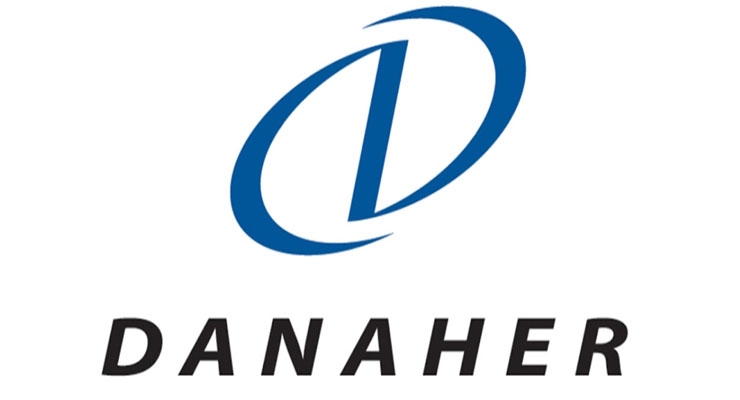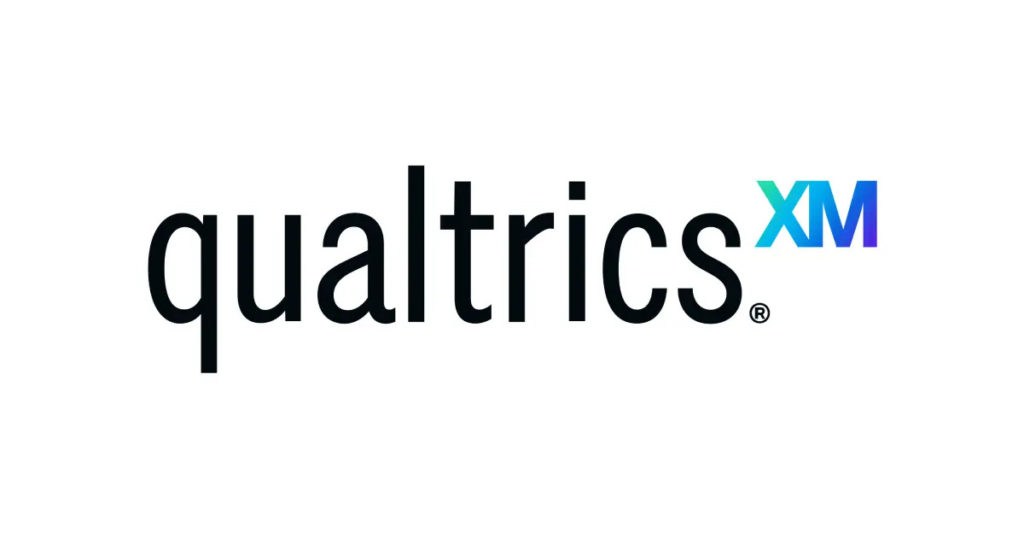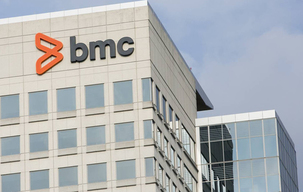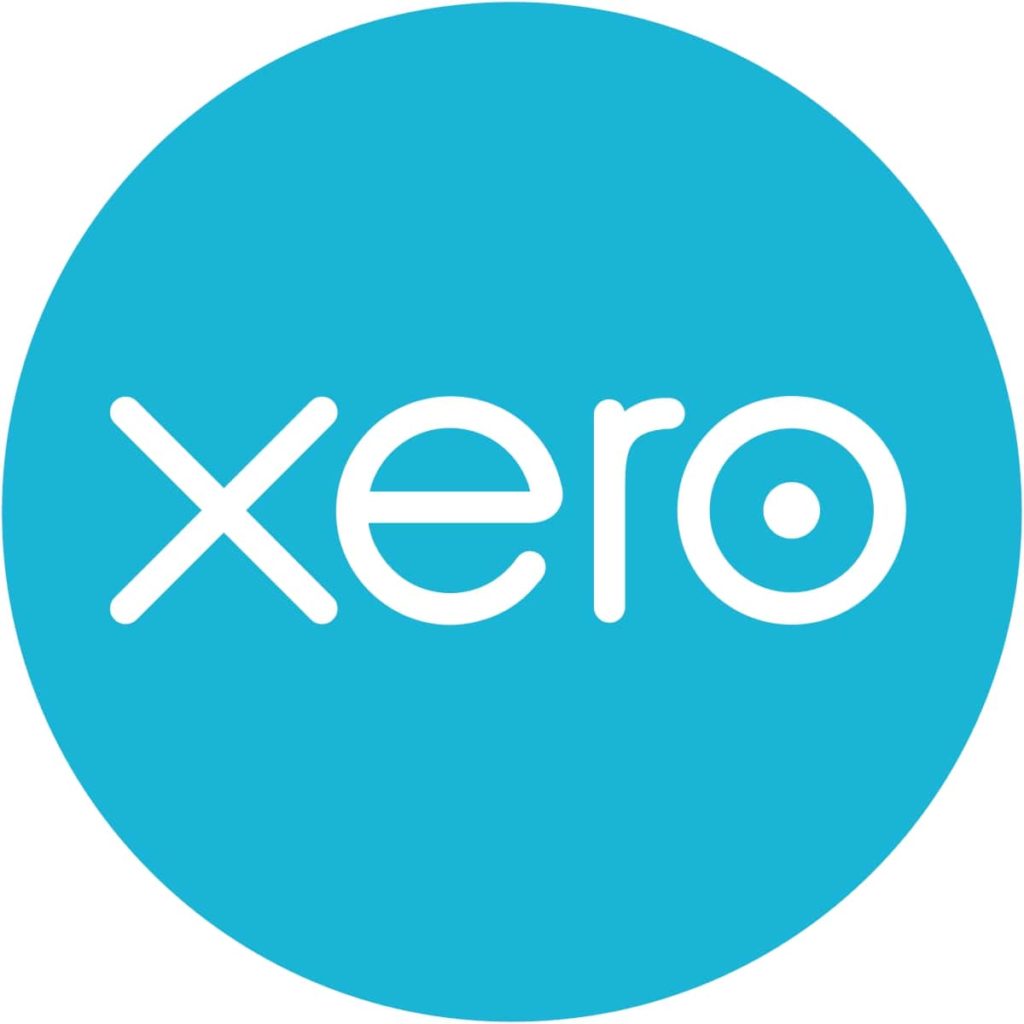SS&C Technologies – An American Tech Company That Provides SaaS To The Finance Sector.
SS&C Technologies Holdings Inc is a fintech company based in Windsor, Connecticut. The company mainly sells software and SaaS (software as a service) to financial service companies. SS&C has a worldwide market and it is traded as a public company and listed in Russell 1000 component. William C. Stone founded this company in 1986 and he is still serving as the chairman of the board. The company has more than 24,000 employees and in the past years, it has acquired numerous businesses that specializes in specific fintech markets.
History Of SS&C Technologies
Founded in 1986, SS&C Technologies went public after ten years but again it was privatized in a leveraged buy-out followed by a second IPO. Currently, SS&C is a public company and it is known for acquiring companies from various horizons which brings a new customer base and unique product lines for specific sectors. They are mainly focused on bringing new products and talents into the company and increase its subsidiaries.
Till 2017, SS&C completed 47 acquisitions in total from the day it was officially launched. In its history of acquiring companies, SS&C made the largest acquisition went it bought Advent Technologies for $2.7 billion. This helped SS&C increase the intensity of its presence in the financial tech sector because Advent was one of its biggest competitors. This acquisition helped SS&C gain a big software company whose products were used by 4,300 various investment fund managers.
In 2005, SS&C Technologies acquired a company called Financial Models Company Inc for $17.70 per share. The company was a leading technology solutions provider for the investment world. The acquisition was completed in cash. SS&C spend a total of $10.13 million for buying the shares of this company and at the end of the deal, the total share of 91 percent was owned by SS&C. This marks another important acquisition in the history of SS&C because the company had to win a bidding war where several other companies participated as well.

Recent Years
The last decade started with SS&C acquiring a broker-neutral system provider called Tradeware Global. After two years, SS&C acquired a Texas-based business called Hedgemetrix and this new deal brought twenty customers to the company. Currently, Hedgemetrix is a part of SS&C’s GlobeOp business. The same year, SS&C acquired another company called Thomson Reuter’s PORTIA. The deal was closed for $170 million. For $95 million in cash, SS&C acquired DST Global Solutions and it helped the company target Asia-Pacific locations and EMEA.
In 2015, the company announced that it would be acquiring Citigroup’s Alternative Investor Services business. This deal was closed for $425 million and the acquisition included Hedge Fund Services and Private Equity Fund services. The next company SS&C acquired was Primatics Financial for $122 million from the Carlyle Group and in 2016 the acquisition of Wells Fargo’s Global Fund Services Business took place. This strengthened the fund relationship of SS&C and also brought 384 new employees to the company. Some of the other companies acquired by SS&C in recent years are Salentica, Conifer Financial Services, DST Systems, etc.
Awards
In the last 35 years, SS&C Technologies has been the recipient of several awards and accolades. William C. Stone, for his immense contribution to the financial service industry, received the 2012 Entrepreneurial award from Marquette University. In 2015, the company received Custody Risk Americas Awards for the GlobeOp business unit. It also received the best portfolio accounting title for the Advent Geneva platform and also won WealthManagement.com industry awards for account aggregation.
SS&C Technologies – Founder
William C. Stone is famous as the founder, CEO, and chairman of the board of SS&C Technologies. Stone went to Marquette University and acquired a business administration degree in 1977 and started his company in 1986. Stone initially started the business from his home in Connecticut which has taken a gigantic shape today. Before founding the company, he worked at KPMG.

Annasha Dey is an NIT student, who apart from studying engineering is also a content writer. She has a great interest in photography, writing, reading novels, and travelling as well. She is a foodie who loves socializing and hanging out with her friends. She is also a trained Kathak dancer and a big fashion enthusiast. Dey also loves watching TV series, which includes F.R.I.E.N.D.S. and Big Bang Theory. To be a better writer she prefers to read more




